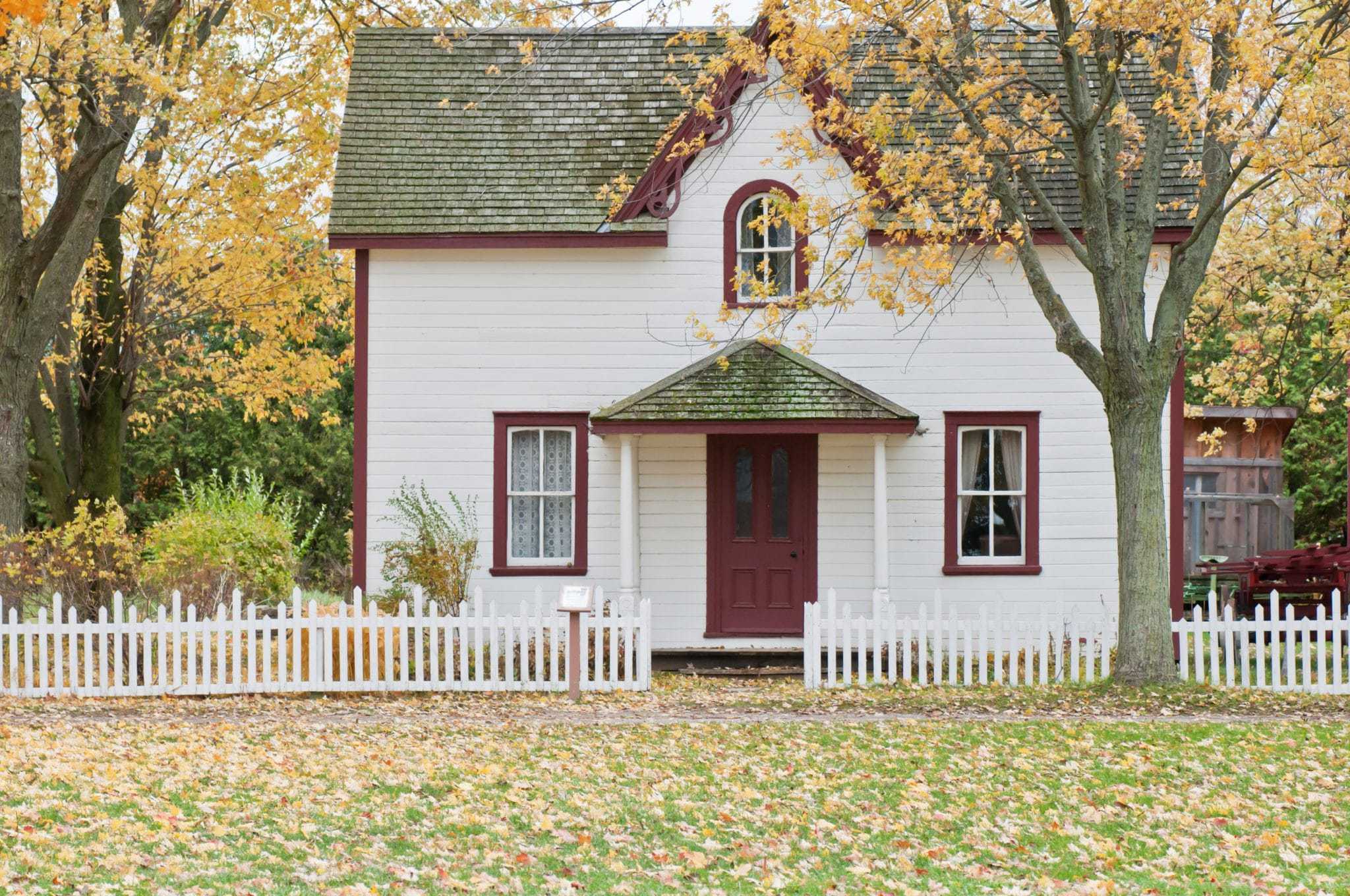In today’s economy, the idea of moving out at 18 and buying a home is less realistic than ever. With U.S. home prices averaging over $420,000 and monthly rents topping $2,100, many families are choosing multigenerational living with seniors moving in with adult children, and sometimes vice versa.
A Pew Research study reports nearly 20% of Americans now live in multigenerational households, a figure that’s steadily rising. The benefits are clear: shared expenses, built-in caregiving, and stronger family bonds. But the transition also brings financial and emotional challenges.
Transitioning to Shared Space
Preparing for adult parents and children to live together is a tricky process that can take some time to adjust to. It is important to ensure that the home is practical for elder care with all necessary renovations for wheelchair or walker access to be done before the adult parent’s move in. Privacy and an adequate amount of space are also necessary, and the biggest need in multigenerational living is the need for more space. On occasion, kids will have to give up or share a room to accommodate a grandparent. Despite this need, adults and children alike need a separate living space. Additionally, modesty is a key element of dignity for many seniors. For seniors who need help with showering or other personal-care issues, hiring a caregiver can allow them to feel better, as there is a continued separation between the caregiver/child relationship.
Adapting the Home
Homebuilders are responding with designs that include in-law suites, dual master bedrooms, and ADUs (accessory dwelling units). Still, most existing homes require modifications for elder care, like ramps, grab bars, or wider doorways, all of which can be expensive. Privacy is also a major concern. Seniors often value independence, and children need space to maintain their routines. In some cases, professional caregivers are brought in to preserve dignity and reduce strain on family members.
Family Dynamics and Shifting Roles
When a parent becomes part of their child’s household, family dynamics inevitably shift. Grandparents may need to adjust to no longer being the head of the household. Grandchildren may be living with long-term guests for the first time. Open communication is essential for creating harmony and mutual respect in a newly blended home.
Navigating Responsibilities
As parents age, adult children often take on caregiving roles, which can lead to financial stress, especially when only one child hosts the parent. While rotating care may seem fair, frequent moves can disorient seniors. Financial support or shared caregiving duties among siblings can ease the burden.
Planning Ahead
As parents age, their needs grow. Some families rotate care responsibilities; others provide financial support if they’re not the primary caregiver. Either way, planning ahead can make a huge difference, especially when it comes to finances.
That’s where a life settlement may help. If a loved one has a life insurance policy they no longer need or can’t maintain, it may be possible to turn that policy into a financial resource. These funds can be used for home modifications, caregiving, or simply to relieve household stress.
Find Out if a Life Settlement Makes Sense
Use our Life Settlement Calculator to instantly learn the value of a policy or call our experts at (800) 564-4148 to see if someone in your household may qualify. A life insurance policy could be the key to making multigenerational living more comfortable and sustainable.





